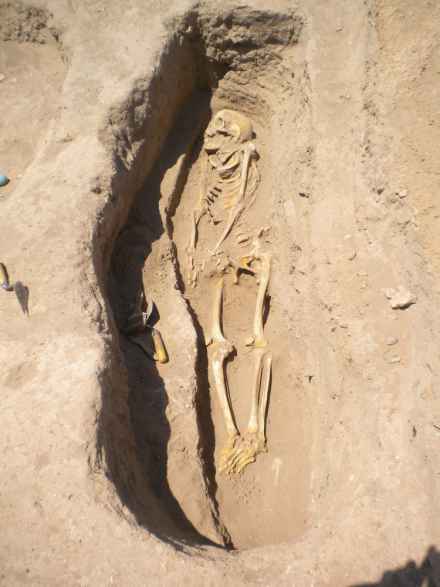Near Eastern Languages and Civilizations
Exhibit Honors Campus Veterans through Display of Original Work and Artifacts
A one-day exhibition of poetry, pictures, letters, and donated ephemera from campus veterans at the Reva and David Logan Center for the Arts on Monday, October 12, seeks to encourage discourse among the University community while honoring veterans for their service. When asked to share items that illustrated their experience serving in the armed forces, many veterans added schrapnel, uniforms, and empty cartridges to the exhibition. Josh Cannon, a third-year PhD student in Near Eastern Languages and Civilizations, assisted fellow veterans in submitting their stories to the exhibit by conducting story-telling workshops in the fall. “The stories are very eclectic,” Cannon said. “They are funny, happy and sad—they should display to the public the diverse ways that people experience their life in the military.”
Associate Provost Aneesah Ali, who organized the exhibition and a luncheon for the vets, explains, “This is the first time that we’re inviting the broader University community to recognize the veterans on campus. The long-term hope of outreach events like this is to attract more talented veterans to join our community.” The exhibition will be in the main lobby of the Reva and David Logan Center for the Arts and will run from 11 a.m. to 5 p.m.
For the full article, click here. To read more about campus veterans and their work in the Division of the Humanities, click here.
New Oriental Institute Curated by Graduate Student
Rozenn Bailleul-LeSuer, a PhD candidate in Near Eastern Languages and Civilizations studying Egyptology, curated "Between Heaven and Earth: Birds in Ancient Egypt," which is on display at the Oriental Institute Museum until July 28, 2013. A variety of events accompany the exhibit, including a free public symposium on November 10 and a free guided tour with Bailleul-LeSuer on November 14.
From the article:
The exhibit includes several mummified birds along with 40 artifacts that emphasize how omnipresent birds were in ancient Egyptian culture. Those birds included ducks, ibises and other waterfowl as well as eagles, vultures and falcons, as well as more exotic birds such as ostriches. Some birds lived in the wild along the Nile while others were domesticated.
The exhibit primarily showcases objects from the Oriental Institute, many of which have never been exhibited, such as the legs for a folding stool that are beautifully inlaid in ivory in imitation of duck heads, the mummy of an eagle with remains of gilding, and a small bronze coffin topped with a figure of a falcon wearing a crown.
To learn more about the exhibit and register for affiliated events, please visit the Oriental Institute's Special Exhibit Events website.
